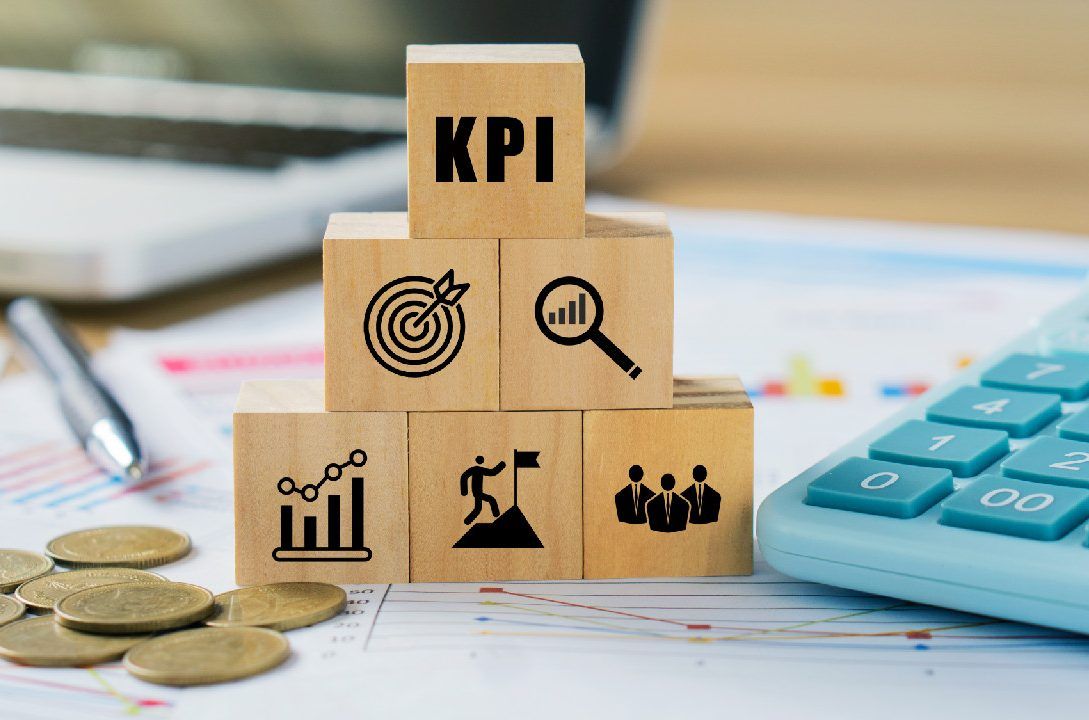In today’s fast-paced and data-driven business environment, organizations need effective tools to measure their progress and make informed decisions. Performance indicators, also known as key performance indicators (KPIs), play a pivotal role in assessing the success of strategies, processes, and individuals. By defining and tracking relevant performance indicators, businesses can gain valuable insights, identify areas for improvement, and drive their overall performance to new heights.
In this blog post, we will explore the concept of performance indicators, their significance, and how they can be effectively utilized to enhance organizational success.
Understanding Performance Indicators
Performance indicators are quantifiable measures that provide insights into the performance, progress, and achievements of individuals, teams, departments, or the organization as a whole. They serve as measurable benchmarks that reflect key objectives and help monitor progress toward goals. Performance indicators can be financial, operational, customer-centric, or related to employee performance, and they should be aligned with the strategic objectives and priorities of the organization.
The Importance of Performance Indicators:
Performance indicators play a crucial role in providing clarity and focus within an organization. They enable businesses to:
- Measure Success: Performance indicators help assess the achievement of objectives and provide a clear picture of whether the organization is on track to meet its goals.
- Identify Areas for Improvement: By analyzing performance indicators, organizations can identify strengths and weaknesses, pinpoint bottlenecks or inefficiencies, and take proactive steps to improve performance and optimize processes.
- Drive Accountability: Performance indicators establish accountability and responsibility by providing measurable targets for individuals and teams. They help align individual and departmental goals with the overall strategic direction of the organization.
- Facilitate Decision Making: Data-driven decision making is crucial for success. Performance indicators provide relevant data and insights, enabling leaders to make informed decisions and allocate resources effectively.
- Track Progress: Regularly tracking performance indicators allows organizations to monitor progress over time, identify trends, and make adjustments as needed.
Establishing Effective Performance Indicators:
To develop effective performance indicators, consider the following steps:
- Define Clear Objectives: Start by clearly defining the objectives and goals of your organization, department, or team. Ensure that they are specific, measurable, achievable, relevant, and time-bound (SMART).
- Align with Strategy: Link performance indicators to your strategic priorities. Each performance indicator should contribute directly to the overall success of the organization.
- Select the Right Metrics: Choose metrics that accurately reflect the desired outcome and are measurable. Consider both leading indicators (predictive measures) and lagging indicators (reflecting past performance).
- Keep it Balanced: A well-rounded set of performance indicators includes financial, operational, customer-centric, and employee-related metrics. Balancing short-term and long-term indicators is essential for sustained success.
- Set Targets: Establish realistic and challenging targets for each performance indicator. These targets should motivate individuals and teams to strive for continuous improvement.
- Communicate and Educate: Clearly communicate the performance indicators throughout the organization, ensuring that everyone understands their significance and how they contribute to the organization’s success. Provide training and support to ensure the accurate and consistent measurement of indicators.
Monitoring and Acting on Performance Indicators:
Monitoring performance indicators requires regular tracking, analysis, and action. Consider the following steps:
- Collect and Analyze Data: Gather accurate and relevant data to measure performance indicators. Utilize technology and data analytics tools to streamline data collection and analysis processes.
- Regularly Review Performance: Conduct periodic reviews of performance indicators to track progress and identify trends. Compare actual performance against targets and benchmarks.
- Take Action: When performance indicators highlight areas for improvement or areas where targets are not being met, take appropriate action. Develop action plans, allocate resources, and implement changes to address deficiencies and drive performance improvements.
- Continuous Improvement: Embrace a culture of continuous improvement by revisiting and refining performance indicators based on changing business needs, market conditions, and organizational objectives.
Conclusion
Performance indicators are invaluable tools for assessing progress, driving improvement, and achieving organizational success. By selecting the right metrics, aligning them with strategic objectives, monitoring performance, and taking action based on insights gained, businesses can make informed decisions, optimize processes, and continually improve their performance. Embrace the power of performance indicators and unlock the potential for growth and success within your organization.
Related Posts:
Get Started with a free 15 -day trial
No credit card required for Trial Plan
Continue using starter plan for free forever, after trial or upgrade to Premium Subscription






